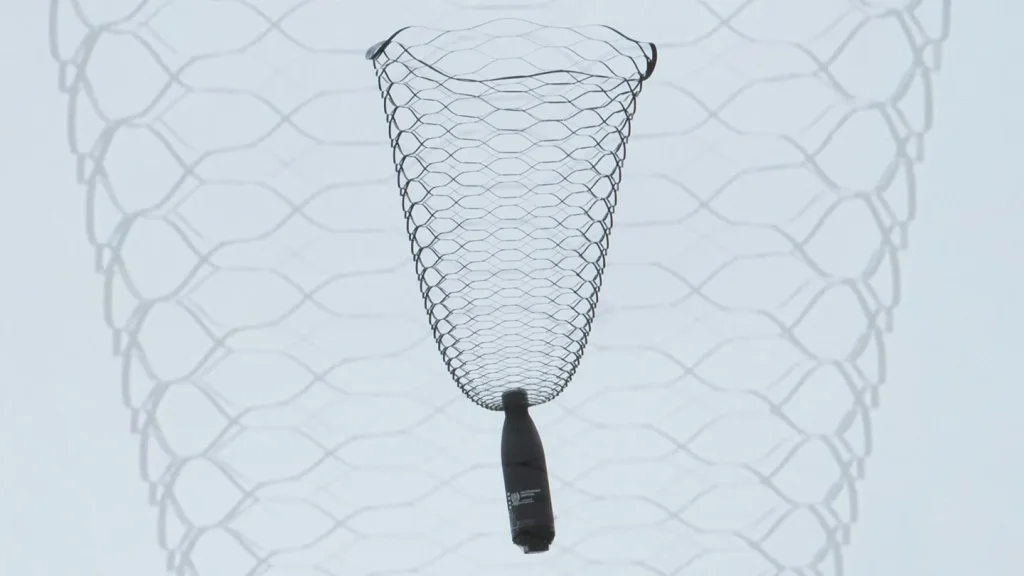Innovative Parachutes Inspired by Japanese Art
In a fascinating fusion of ancient artistry and modern engineering, researchers have developed a groundbreaking parachute design inspired by kirigami, the traditional Japanese art of paper cutting. Unlike conventional parachutes that require manual deployment and often exhibit unpredictable descent patterns, these innovative designs unfurl automatically when released into the air and follow more consistent, predictable trajectories. The marriage of centuries-old artistic principles with cutting-edge aerodynamic science represents a significant leap forward in parachute technology, potentially revolutionizing applications ranging from humanitarian aid delivery to space exploration.
The genius of these kirigami-inspired parachutes lies in their self-deploying mechanism. Traditional parachutes typically require a complex sequence of events to open properly—either through manual release or automated systems that can sometimes fail. In contrast, these new designs leverage carefully calculated cut patterns that cause the material to naturally open when exposed to air resistance. This elegant solution eliminates numerous failure points in conventional systems while significantly reducing the mechanical complexity required for deployment. Engineers observed that by strategically placing cuts and folds in specific geometric patterns—much like those found in traditional Japanese paper art—they could create structures that transform predictably when subjected to aerodynamic forces.
What makes these parachutes particularly remarkable is their consistent descent behavior. Standard parachutes often suffer from oscillation, drift, and unpredictable landing patterns that can pose serious challenges in precise delivery scenarios or emergency situations. The kirigami-inspired designs, however, demonstrate remarkably stable descent paths with minimal lateral movement. This predictability stems from the way the cuts and folds interact with air currents, creating a more balanced distribution of forces across the entire structure. The improved stability opens exciting possibilities for applications requiring precision landings, such as delivering critical medical supplies to remote areas, deploying scientific instruments, or safely returning sensitive equipment from high altitudes.
The development process blended computational modeling with hands-on experimentation, bridging traditional craftsmanship with modern scientific methods. Researchers digitally simulated countless variations of cut patterns before testing the most promising designs in real-world conditions. This iterative approach revealed that seemingly minor adjustments to the placement, length, and angle of cuts could dramatically alter a parachute’s deployment behavior and descent characteristics. The team discovered that certain geometric patterns found in centuries-old kirigami artwork happened to exhibit ideal properties for aerial deployment—an unexpected connection between decorative art and practical engineering. This cross-disciplinary approach highlights how ancient wisdom can sometimes provide solutions to contemporary technical challenges.
Beyond their practical advantages, these parachutes offer significant environmental and economic benefits. The simplified design requires fewer materials and components, potentially reducing manufacturing costs and environmental impact. The elimination of complex deployment mechanisms means fewer parts that can malfunction, improving overall reliability while decreasing maintenance requirements. Additionally, the more predictable landing patterns could reduce loss rates for delivered goods and equipment, further enhancing cost-effectiveness across various applications. Perhaps most importantly, the fundamental principles behind these designs could be adapted to various scales and materials, making the technology accessible for everything from small-scale personal devices to large industrial applications.
As this technology continues to evolve, it represents a beautiful example of how looking to cultural traditions can inspire innovative solutions to modern challenges. The kirigami-inspired parachutes demonstrate that sometimes the most sophisticated answers aren’t found in ever-increasing complexity, but rather in elegant simplicity derived from careful observation of principles that artists have understood for centuries. This harmonious blend of art and science not only advances parachute technology but also reminds us that inspiration often comes from unexpected sources—in this case, from delicate paper art forms that Japanese craftspeople have been perfecting since the 17th century. As engineers continue to refine these designs, they’re not just creating better parachutes; they’re honoring and extending a cultural tradition in ways its original practitioners could never have imagined.


